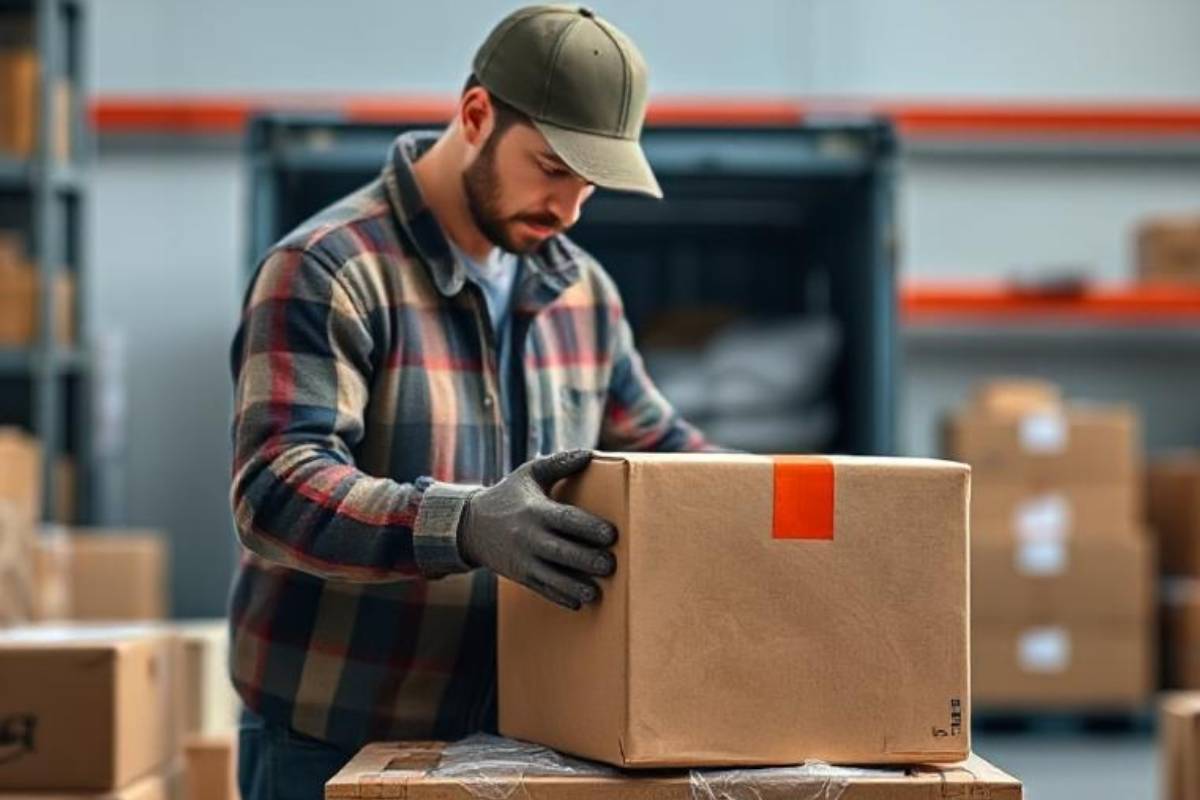The shipping and handling sphere regards a package’s security during transit as most important. Knowing the top packing methods can mean all the difference in guaranteeing your items reach their destination whether you are an individual sending a gift to a loved one or a small business shipping products to clients. The piece discusses appropriate methods and supplies for packing meant to protect your products from typical shipping risks.
1. Knowledge of the essentials of protective packaging
It is vital to know what makes packing good before delving into particular methodologies. Packing aims primarily to lower internal movement in the box and shield the items from outside pressures. Maintain the honesty of the box with shock absorbing stuff. Also take into account the size and form of the object since items with odd shapes need more careful handling.
2. Choose the Appropriate Box Type
Packing starts with selecting the right box. Boxes vary in size and durability. Choose a box a little bit bigger than the thing you are sending to give room for packing materials. Choose double walled or corrugated boxes for heavier goods; they have more strength and crush resistance.
3. Make use of high quality cushioning materials
Your package’s safety can be greatly affected by the kind of cushioning material chosen. Common alternatives are crumpled paper, foam inserts, packing peanuts, and bubble wrap. Everyone has precisely designed functions:
- Items that need protection from shocks are best packaged in bubble wrap.
- Good for keeping objects from moving and filling empty spaces.
- For electronics and any other delicate goods, foam inserts are customizable and ideal.
- Crumpled paper—perhaps a less expensive alternative for adding padding and filling gaps.
- Be sure to thoroughly cover all angles, corners, and crevices when using these items. The object must not shift when the box is stirred.
4. Use packing tape to fasten stuff
Another important element is packing tape. Use shipping tape made of good material, including pressure sensitive plastic tape or water activated tape. Make sure all box seams are secure, and if the box is supporting something rather heavy, think about strengthening the bottom of the box.
5. Packing directions for delicate goods
Extra attention is need on delicate things. Wrap every item in bubble wrap one by one and fasten it with adhesive tape. Use cardboard dividers inside the box for products like glassware or ceramics to keep goods from touching. Encouragement of cautious treatment also comes from marking the box with “Fragile” or ” Handle with care.”
6. Good Utilization of Labels and Markings
Good labeling helps to guarantee safe packaging. Waterproof labels are ideal since they can handle various weather during transit; beyond the typical shipping label, provide handling notes including Do Not Stack or This Side Up.
7. Methods for Oddly Formed Objects
Oddly shaped things can present a complex packing. Custom solutions including bubble bags or bespoke foam enclosures are often needed for these kinds of products. Fasten loose bits or projections with more padding and verify that the item is stationary within its case.
8. Reflect on the Environmental Conditions
It is also very important to know the environmental conditions under which your package could come across. Include silica gel packages to soak up moisture, especially if you are sending electronics or other moisture sensitive items. If your package might encounter temperature changes, think about using insulation materials.
9. Double Check Before You Seal
Before you close the box, gently shake it to make absolutely sure nothing is moving within. Open it back up and add extra padding should you hear movement. This is straightforward but absolutely essential to stop transit damage.
10. Professional Packing Services Company
If you’re unsure about packing something yourself, consider professional packing services provided by Illinois Furniture Shippers. For especially delicate or valuable items, several shipping businesses provide professional packing services. Though more expensive, this choice can be worth the money for the sense of security it offers.
Conclusion:
Efficient packing is an art form that calls for a close attention to details and a knowledge of the shipping logistics used. Choosing the proper materials, using the right methods, and taking into account the environmental conditions your package will encounter will all help greatly increase the safety of your delivered things. Keep in mind that the time and effort you spend on packing your belongings well can spare you the trouble and expense of damaged items upon arrival.

